21+ Sample Nonprofit Business Plan
-

Nonprofit Business Plan Template
download now -

Startup Nonprofit Business Plan
download now -

Nonprofit Business Continuity Plan
download now -
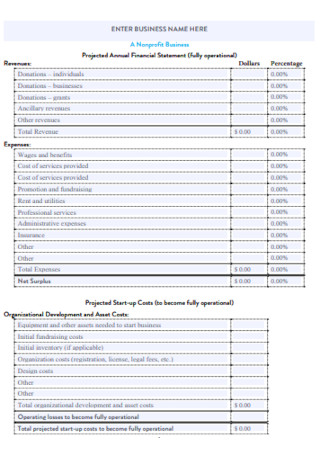
Nonprofit Business Annual Plan
download now -
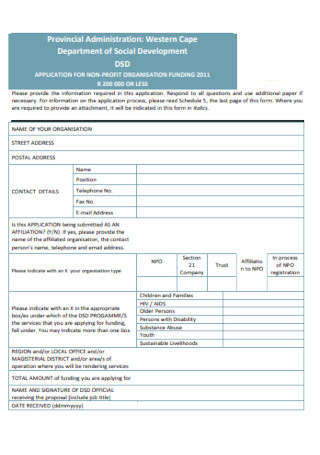
Nonprofit Organization Business Plan
download now -
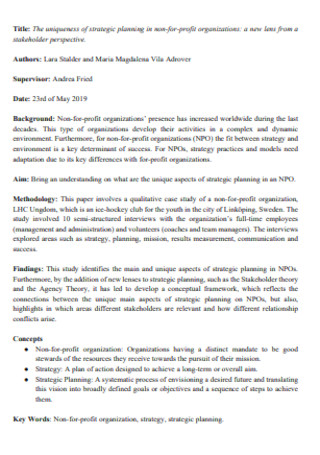
Nonprofit Business Strategic Plan
download now -
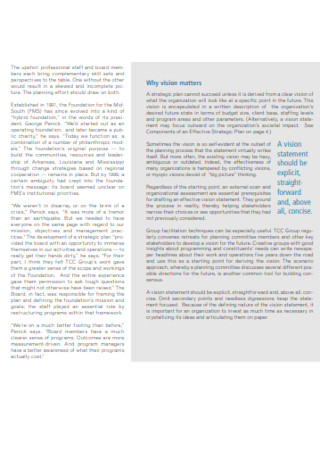
Nonprofit Foundation Business Plan
download now -
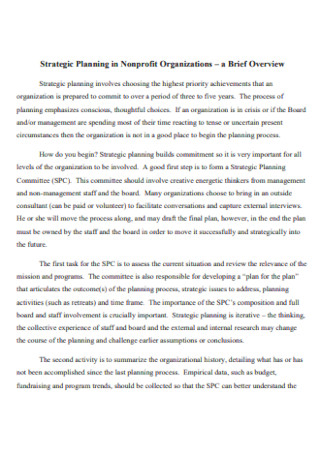
Strategic Planning in Nonprofit Organizations
download now -
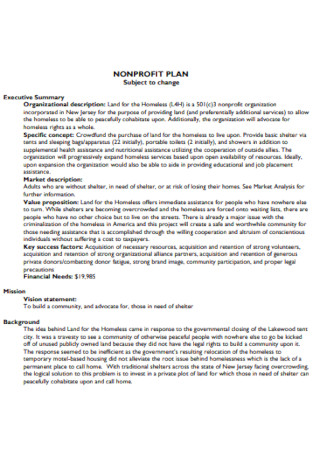
Nonprofit Home Business Plan
download now -
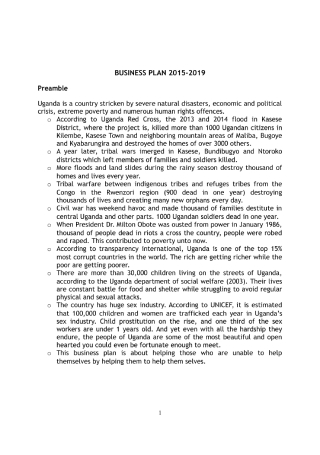
Sample Nonprofit Business Plan
download now -
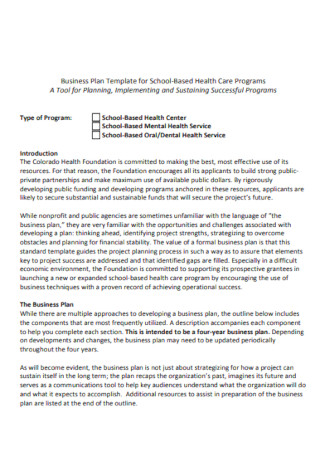
Foundation Nonprofit Business Plan
download now -
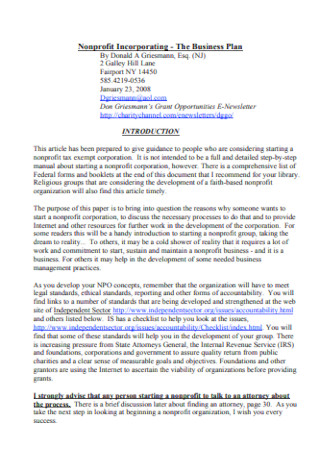
Nonprofit Incorporating Business Plan
download now -
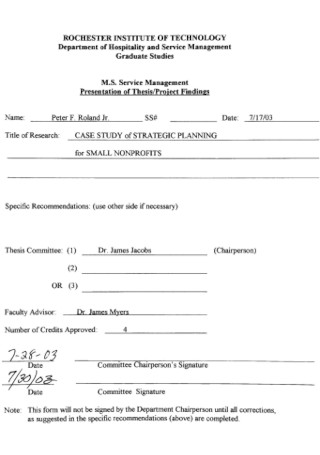
Nonprofits Small Business Plan
download now -
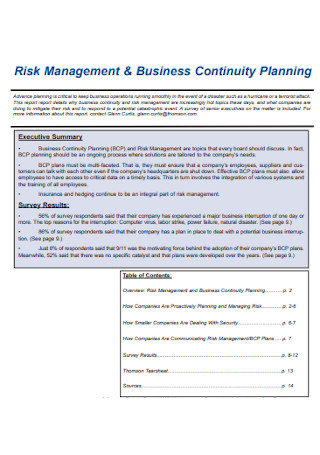
Nonprofit Business Risk Plan
download now -
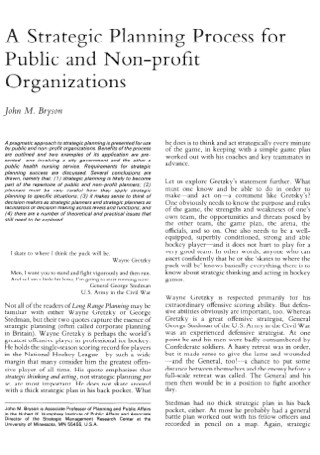
Nonprofit Public Business Plan
download now -

Simple Nonprofit Business Plan
download now -
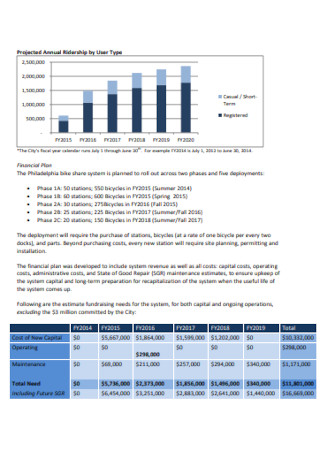
Nonprofit Bike Business Plan
download now -

Nursing Nonprofit Business Plan
download now -
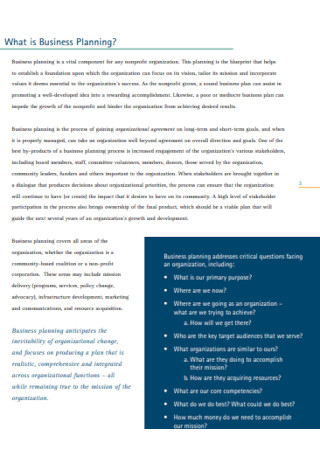
Nonprofit Business Development Plan
download now -
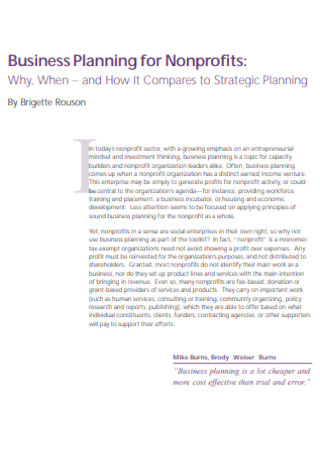
Business Planning for Nonprofits
download now -
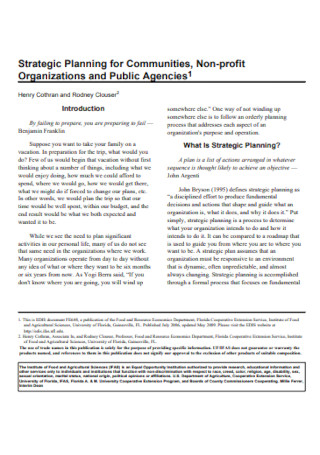
Nonprofit Agency Business Plan
download now -

Nonprofit Enterprise Business Plan
download now
FREE Non Profit Business Plan s to Download
21+ Sample Nonprofit Business Plan
Understanding the Non-Profit Mission
Market Analysis
How to Write a Non Profit Business Plan
FAQ’S
Why does a non-profit organization need a business plan?
How is a non-profit business plan different from a for-profit business plan?
What should be the main focus of a non-profit business plan?
How often should a non-profit business plan be reviewed or revised?
How can non-profits benefit from market analysis?
What if our non-profit is just starting and doesn’t have much historical data?
Understanding the Non-Profit Mission
The core of any non-profit organization lies in its purpose. A well-defined mission encompasses both its overall vision and immediate goals. This mission not only directs internal activities but also conveys the organization’s intentions to potential stakeholders and donors.
Market Analysis
To maximize impact, non-profits must keenly understand their target beneficiaries. This involves thorough research into the needs and challenges of these individuals. Moreover, recognizing potential collaborators and partners can amplify an organization’s reach and influence.
How to Write a Non Profit Business Plan
Writing a non-profit business plan requires a comprehensive understanding of the organization’s mission, vision, and objectives. A well-structured plan will provide a clear agile roadmap for the organization, assist in obtaining funding, and ensure that all stakeholders are aligned towards common goals. Here’s a step-by-step guide:
1. Executive Summary
Mission Statement: Define the core purpose of your organization.
Organization Description: Provide a brief overview, including its history, structure, and achievements.
Summary of Goals: Highlight primary objectives for the upcoming period.
2. Organizational Overview
Structure: Describe the organizational structure, including key roles.
Programs/Services: Detail the main programs or services provided.
3. Market Analysis
Target Audience: Identify and describe the primary beneficiaries of your services.
Community Needs: Assess the needs your organization addresses.
Market Trends: Understand the ongoing and emerging trends in the non-profit sector related to your cause.
4. Marketing and Outreach Strategy
Branding: Discuss your organization’s branding strategy.
Communication Channels: Identify the platforms (social media, newsletters, etc.) you’ll use.
Public Relations: Describe any media relations or publicity strategies.
5. Operational Structure
Staffing: List key staff members, their roles, and qualifications.
Operational Workflow: Describe the daily operations report and how tasks are managed.
Facilities and Equipment: Detail any physical resources needed.
6. Program Development and Implementation
Program Goals: State the specific outcomes for each program.
Implementation Process: Outline steps for program delivery.
Measurement and Evaluation: Describe how you’ll measure the program’s success and make improvements.
7. Strategic Funding Plan
Funding Sources: List current and potential sources, including grants, donations, and sponsorships.
Fundraising Strategy: Describe initiatives like campaigns, events, or partnerships.
Financial Projections: Provide a forecast of revenue and expenses for the next 3-5 years.
8. Financial Overview
Historical Financial Data: If applicable, provide financial statements from previous years.
Budget: Present a detailed budget, including projections for income and expenses.
Financial Controls: Describe processes for financial oversight, audits, and controls.
9. Legal and Compliance Considerations
Regulations: List any local, state, or federal regulations that apply to your organization.
Licenses and Permits: Detail any necessary licenses or permits.
Risk Management: Describe insurance coverage and any other risk mitigation strategies.
10. Appendices
Include any supplementary information like resumes of key staff, letters of support, or detailed market research.
FAQ’S
Why does a non-profit organization need a business plan?
Even though non-profits aren’t in the business of making profits for shareholders, they still need clear direction, financial planning, and operational strategies. A business plan provides a roadmap to help achieve the organization’s mission and objectives.
How is a non-profit business plan different from a for-profit business plan?
While both types of plans focus on sustainability and growth, non-profit plans primarily center on impact, community needs, donor management, and volunteer engagement, whereas for-profit plans often emphasize market share, profitability, and return on investment.
What should be the main focus of a non-profit business plan?
The primary focus should be the organization’s mission, the programs it undertakes to achieve this mission, funding strategies to support these programs, and measuring the impact created.
How often should a non-profit business plan be reviewed or revised?
Ideally, a non-profit business plan should be reviewed annually, ensuring that the organization is on track with its objectives. However, any significant changes in the operating environment or internal structure might necessitate an earlier review.
How can non-profits benefit from market analysis?
Market analysis helps non-profits understand the needs of the communities they serve, identify potential collaborators, anticipate challenges, and position their services effectively to maximize impact.
What if our non-profit is just starting and doesn’t have much historical data?
In such cases, focus on the mission, market analysis, and proposed programs. For financial projections, base them on research, comparable organizations, and realistic expectations about potential funding and expenses.
A well-crafted business plan is not a fixed document; it must adapt to the constantly changing landscape of the non-profit sector. Nevertheless, when its fundamental principles are strictly followed, it ensures a lasting and meaningful impact in the communities they serve.
